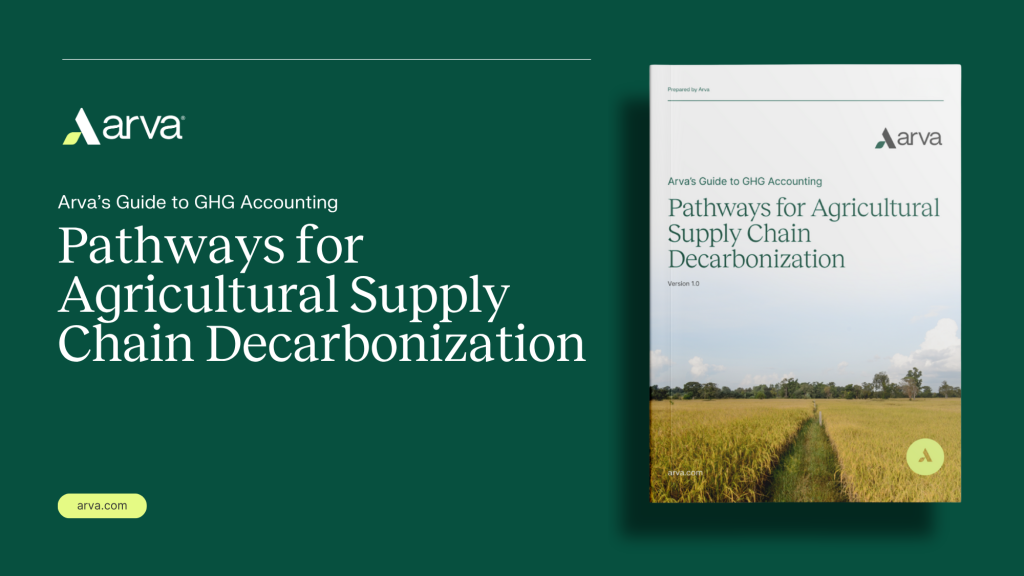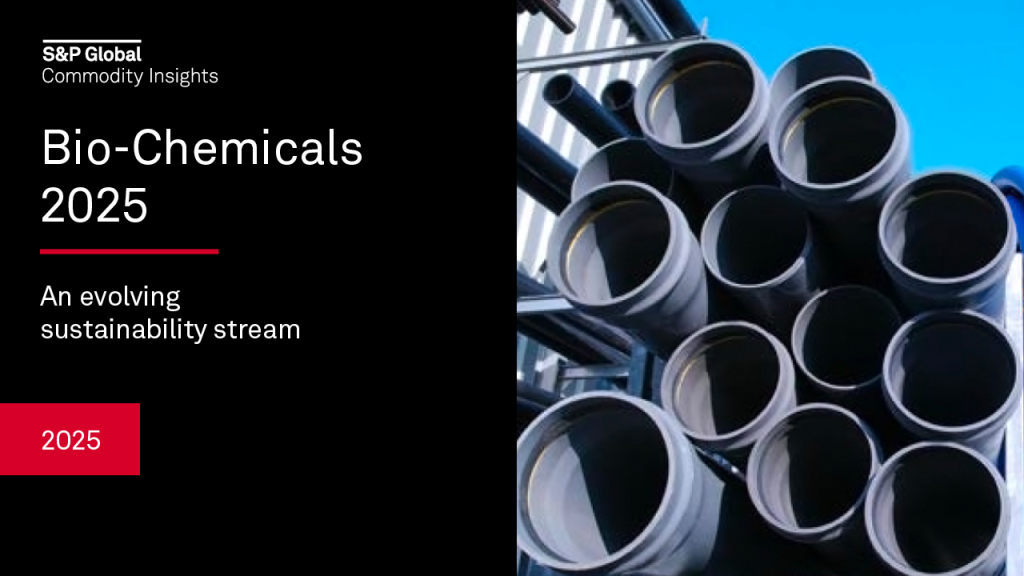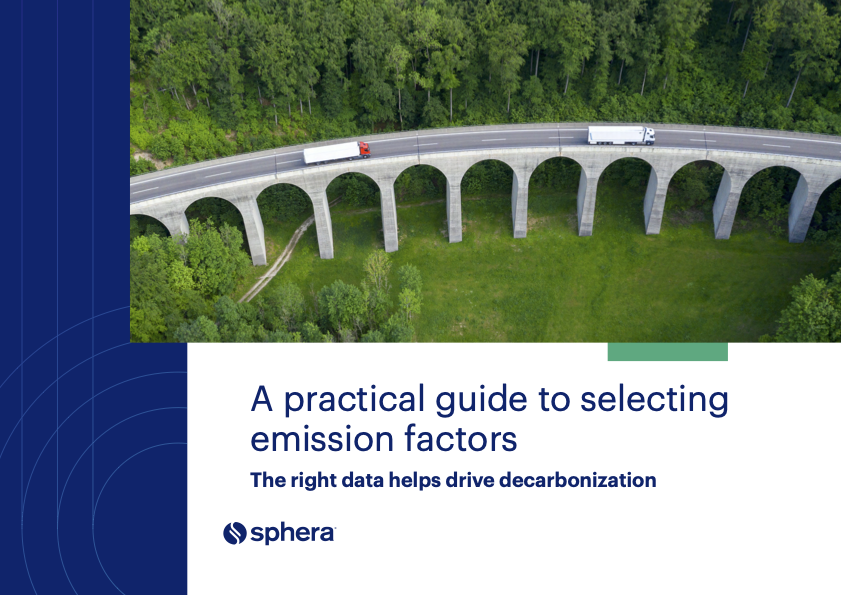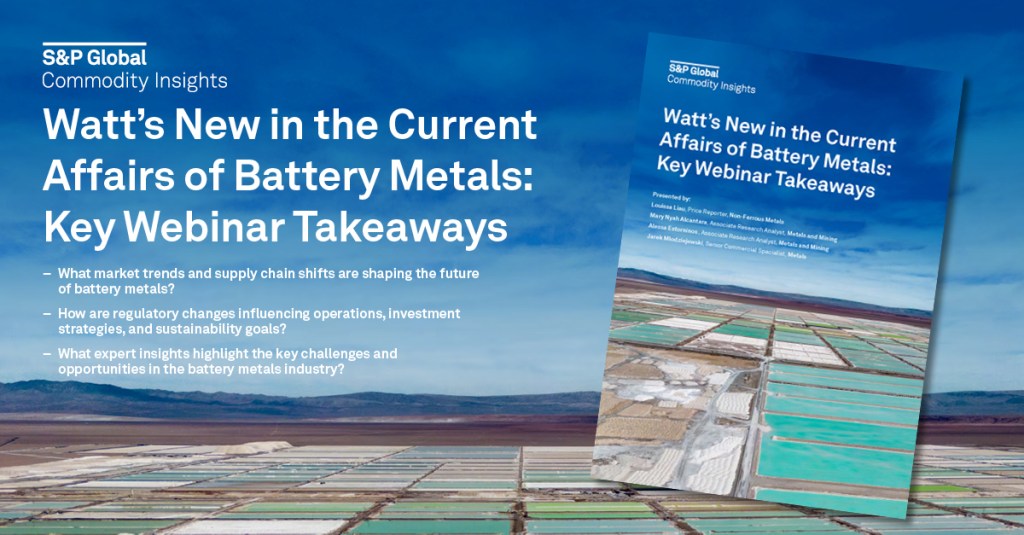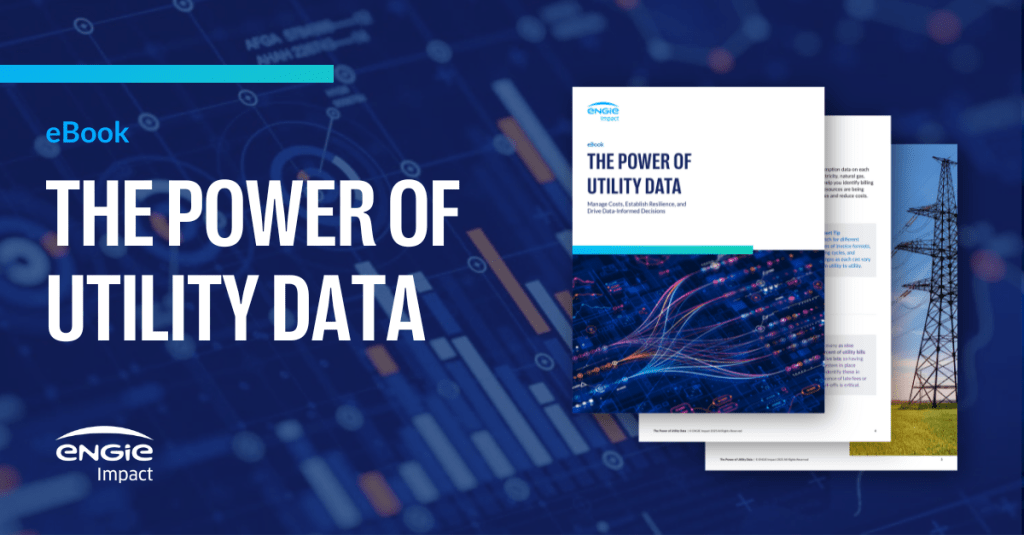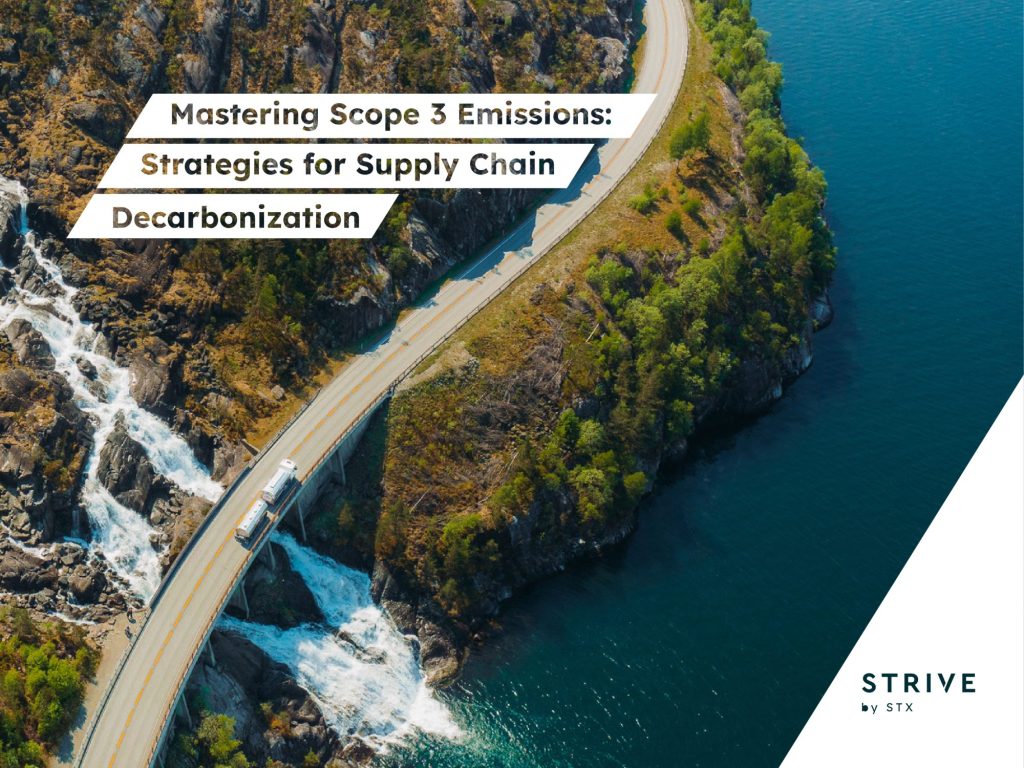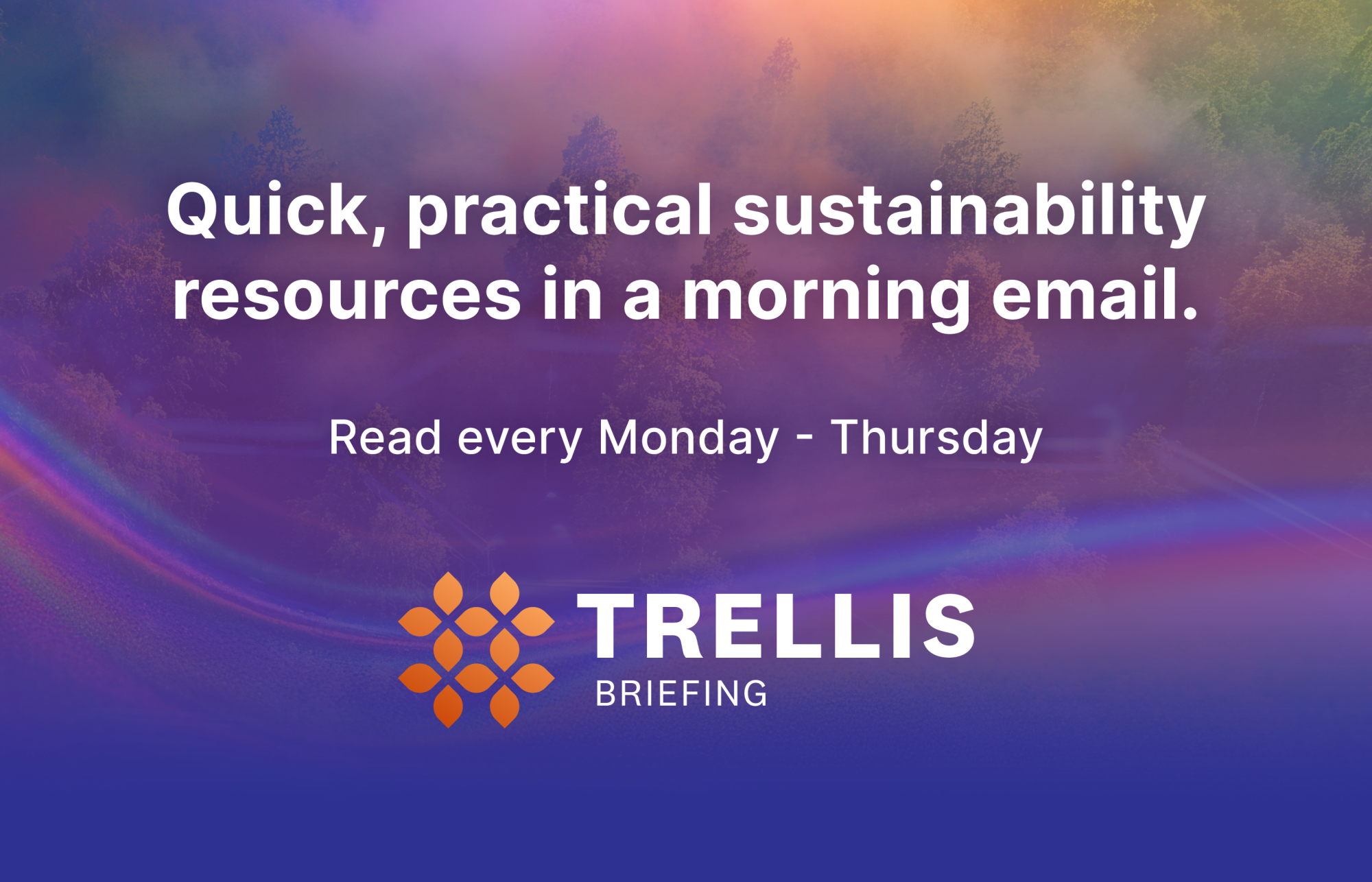A critically-overlooked question about net-zero progress
How companies fund the net-zero transition often remains a mystery. Read More

- The majority of frameworks and corporate sustainability reports don’t require or include data on how companies are going to pay to meet their climate targets.
- Funding disclosures would strengthen corporate accountability efforts, revealing which companies are investing in proportion to their total emissions, and accelerate momentum towards closing the climate finance gap.
- Without such disclosures, net-zero targets and plans are at risk.
The opinions expressed here by Trellis expert contributors are their own, not those of Trellis.
Corporate profiles in Trellis’ Chasing Net Zero series are raising useful questions about the strengths and gaps of corporate net-zero progress — questions that advocates must continue to wrestle with during this “period of reckoning” for climate action. As the series continues, it’s important for the analysis to highlight a critical question too often overlooked by similar efforts: are companies actually ready to pay for the transition to net zero?
If we want to accelerate progress over the next five years to reach the 45 percent reduction goal, now is the time to seek crucial data about corporate funding for the climate transition. Without this data, climate ambitions will continue to masquerade as real action and we can give up our hopes of 1.5 degree Celsius-aligned decarbonization.
The persistent blind spot in net-zero accountability
For more than a quarter century, voluntary and compliance reporting frameworks have urged companies to provide information about their sustainability actions, environmental risks and GHG emissions. The Global Reporting Initiative and Carbon Disclosure Project launched with a focus on current performance and future exposure of the world’s biggest companies. Under the Science-Based Targets framework, thousands of companies have declared their forward-looking climate intentions. The EU recently adopted the CSRD rules to mandate more thorough sustainability reporting. (The U.S. Securities and Exchange Commission attempted to follow suit, but failed.)
All the while, global GHG emissions remain stubbornly high, telling us that it’s not enough to hold a mirror to a company’s actions. Disclosure efforts have been good at pushing for the now and what could be, but far less effective at pushing for the how of the net-zero transition.
Seeking to rectify this, several years ago a group called the Transition Plan Taskforce took up the challenge of defining clearer expectations for climate reporting. The taskforce’s work echoed principles that NGOs and government bodies have said is fundamental to climate action.
These various transparency movements improve accountability (and keep sustainability people very busy). But they don’t do enough, because there remains an urgent need to close the climate mitigation finance gap, a point noted by multiple global advocates. Data sharing, targets and pledges cannot be the highest-ranking mark of ambition because promises and pledges don’t signal concrete progress. These days, real climate leadership involves budgets.
Actions without budget details
It’s time to reckon with the climate finance gap by directly asking what role companies will play in closing it. In 2024, The Change Climate Project worked with stakeholders to improve our climate certification so that it would address the question of funding. We decided to make a “climate transition budget” the central accountability threshold. The budget is determined by annual emissions and a per-tonne carbon price.
This is not common practice. We recently reviewed the sustainability reports of 30 companies with strong reputations for sustainability – including the likes of Microsoft, L’Oreal, Crocs, Chobani and Navitas Organics. Of those, only eight reports offered enough information to weigh transition funding against annual emissions. “Enough” information included — at a minimum — summary-level disclosure of investment amounts, along with a comprehensive GHG inventory, including Scope 3 emissions.
On the whole, most companies in our sample did a good job of describing their top sustainability actions, which included shifting to renewable energy, improving energy efficiency, adopting sustainable materials and redesigning packaging.
But lists alone aren’t enough to gauge whether the company is good at decarbonization or marketing. In 22 of the reports, either the money or the tonnes were missing. Or both. Without this data, it’s impossible to tell if a company’s investments are proportionate to their emissions.
For the eight companies, transition funding amounts ranged from 10 cents to $53 per tonne of emissions. One company, IKEA, reported funding of $33 per tonne. Their $9 billion — $5 billion spent, with $4 billion more to follow — was also covered by the Trellis analysis, and is the kind of funding that has the potential to move the needle. Conversely, the Trellis analysis of Nestlé gave a different take: the company “did not share the amount it expects to invest in order to hit its 2030 target.”
Recognizing the hurdles
As the vast majority of companies globally continue to fall significantly short of their net-zero targets, it’s time for clearly-revealed transition funding to be added as the third leg of the net-zero stool — right alongside targets and plans.
To get there, we should ask why, in a majority of cases, companies don’t make it easy to parse their climate transition investments. Is it too hard to categorize investments? Perhaps, but businesses do a fine job of communicating complex financial information to shareholders on their earnings calls.
Are transparency advocates afraid to put the emphasis on funding, because it acknowledges that the climate transition isn’t free? Perhaps, but there is also plenty of money to be made and saved from climate initiatives.
Or are we scared to push too hard? Advocates work tirelessly to squeeze incremental progress from companies, so maybe there’s a fear of losing our fragile hold on corporate attention if the push for climate transition funding data turns out to be a bridge too far.
Sustainability practitioners now face existential questions and the need to become smarter and more effective. Better practices around documenting and disclosing climate transition funding could help. The process of detailing climate projects allows companies, often for the first time, to view transition funding through an “all of the above” lens.
Many companies now are deciding whether and how to include market instruments in their strategies. As noted by MSCI, carbon trading is expected to play an “increasingly pivotal role in transition finance.” A transition funding approach gives companies a way to see beyond rigid “mitigation hierarchies” to focus on the important thing: getting climate finance flowing. The practice also complements the use of internal carbon fees by creating a dollar-per-tonne through-line that starts with residual emissions and extends through to all mitigation projects.
A new chapter for accountability
There’s much room for net-zero accountability evaluation efforts by analysts, standards bodies and corporate buyers to improve by adding transition funding to their criteria. This would raise the quality of insights from efforts ranging from the Net Zero Tracker to Amazon’s Climate Pledge Friendly program. To decide what to include in the assessment, there’s plenty of good guidance to pull from in the pages of lesser-known mitigation finance tracking initiatives, existing CSRD rules and The Climate Label’s Standard.
In this period of reckoning we must make clear that ultimately, companies need to focus on closing the climate finance gap. The best way to tell how seriously a company is pursuing its climate initiatives is to look at transition funding data in simple, understandable terms that enable quick analysis. After all, money often talks louder.

Subscribe to Trellis Briefing
Featured Reports

The Premier Event for Sustainable Business Leaders


